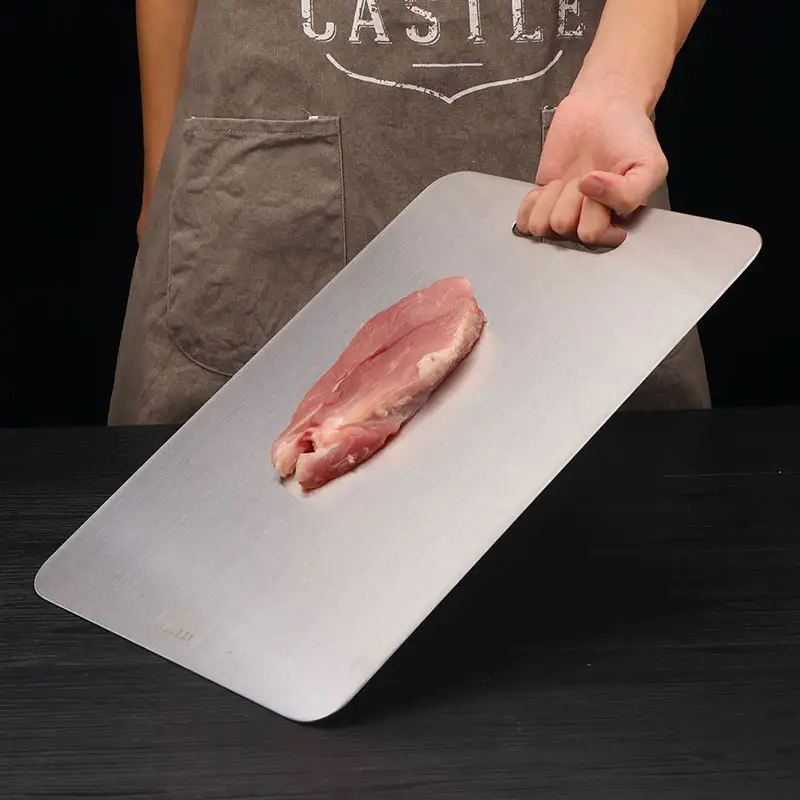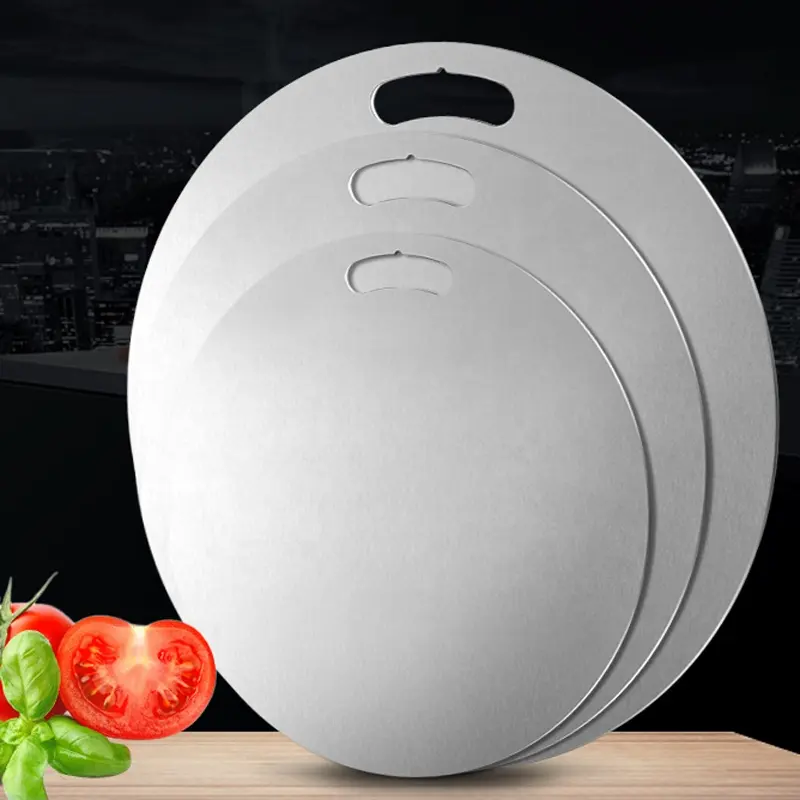“Artisanal Craftsmanship: Choosing a Marble Cutting Board”
Introduction: Selecting a marble cutting board is not merely a functional decision but a journey into artisanal craftsmanship. Each board is a unique creation, a testament to the skill and artistry of the craftsmen who shape these timeless kitchen essentials. Here’s a guide to help you navigate the realm of marble cutting boards, appreciating the nuances of artisanal craftsmanship and making an informed choice that aligns with your culinary needs and aesthetic preferences.
- Variations in Marble Types: Begin your journey by exploring the different types of marble. Each type has its distinct color variations, veining patterns, and characteristics. Consider classic white Carrara marble for a clean and sophisticated look, or explore the dramatic veining of Nero Marquina for a bold statement. Understanding the variations in marble types allows you to choose a board that resonates with your personal style.
- Veining Patterns and Aesthetics: The veining patterns in marble are like brushstrokes on a canvas, creating a visual masterpiece. Pay attention to the intricacies of these patterns and decide whether you prefer subtle, elegant veins or bolder, more pronounced patterns. The aesthetics of the veining contribute significantly to the overall appeal of the cutting board.
- Board Size and Thickness: Consider the practical aspects of your culinary needs when choosing the size and thickness of the marble cutting board. Larger boards are suitable for extensive prep work, while smaller boards may serve well for specific tasks or as elegant serving platters. The thickness of the board adds to its durability and aesthetic presence.
- Edge Finishing and Detailing: Artisanal craftsmanship extends to the edges of the marble cutting board. Explore different edge finishes, such as beveled, bullnose, or straight edges, and choose one that complements the overall design. Attention to detailing in the edges enhances the visual appeal and craftsmanship of the board.
- Surface Finish: The surface finish of a marble cutting board contributes to both its aesthetics and functionality. A polished surface showcases the natural beauty of the marble and makes cleaning easier. Alternatively, a honed finish offers a softer, matte appearance while still retaining the elegance of the stone. Consider the practicality and visual impact of different surface finishes.
- Customization and Engravings: Elevate the personal touch of artisanal craftsmanship by exploring customization options. Some craftsmen offer engraving services, allowing you to add a unique inscription, pattern, or even your monogram to the cutting board. Customization adds a layer of individuality and makes your marble cutting board a truly personalized kitchen essential.
- Quality and Craftsmanship: Assess the overall quality and craftsmanship of the marble cutting board. Examine the seams, joints, and edges for precision and attention to detail. A well-crafted board reflects the expertise of the artisans involved in its creation and ensures the longevity of the piece.
- Practical Considerations: While appreciating the artisanal craftsmanship, do not overlook the practical aspects. Consider the weight of the board, especially if you plan to move it frequently. Additionally, be aware of the maintenance requirements, as different finishes and types of marble may have specific care instructions.
Conclusion: Choosing a marble cutting board is not just a utilitarian decision; it’s an exploration of artisanal craftsmanship and a celebration of the unique beauty of natural stone. Consider the variations in marble types, appreciate the veining patterns, pay attention to details like edge finishes and surface texture, explore customization options, and assess the overall quality of craftsmanship. In doing so, you’ll find a marble cutting board that not only meets your culinary needs but also becomes a cherished piece of functional art in your kitchen.



